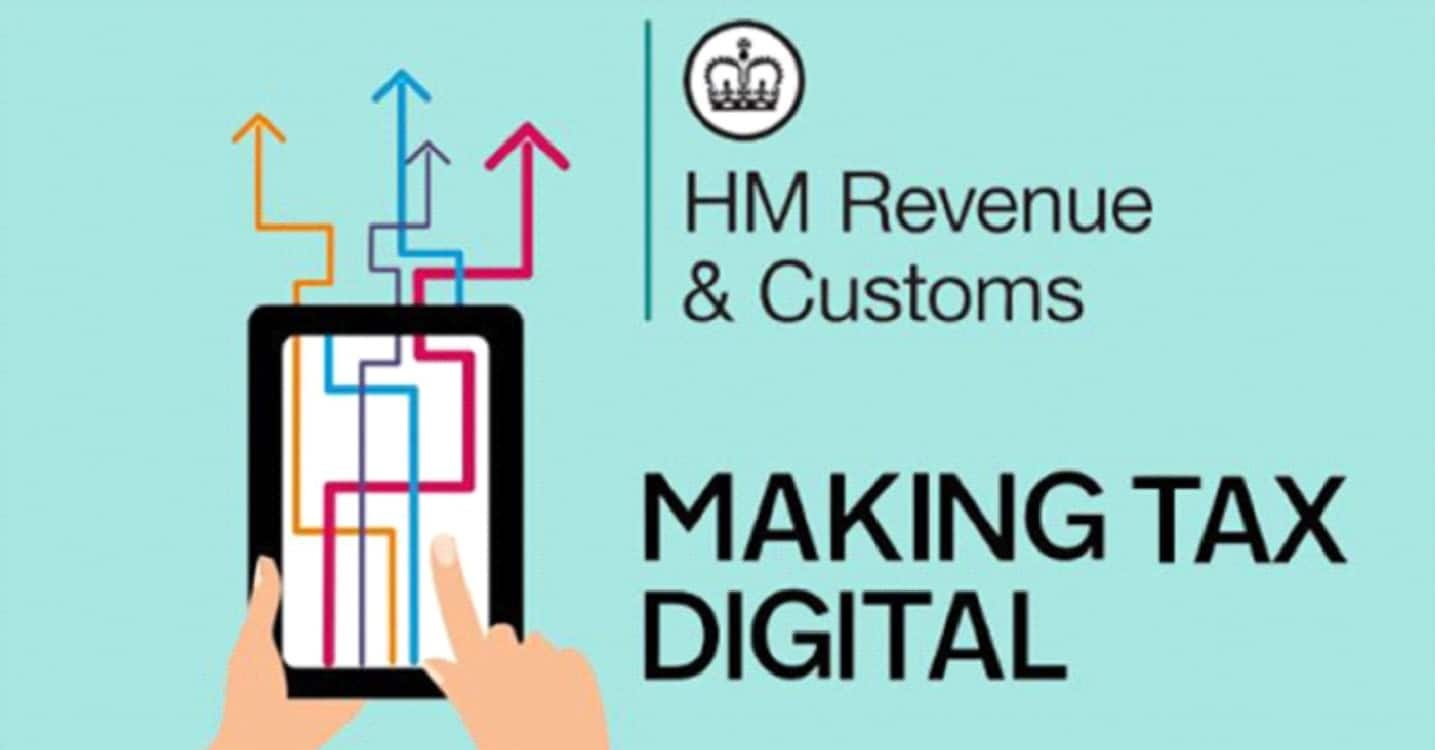From April 2026, many self-employed people and landlords will have to follow new rules for reporting their income and expenses under Making Tax Digital for Income Tax (MTD for IT). If you’re affected, you’ll need to keep digital records and send quarterly updates to HMRC through compatible software — replacing the traditional once-a-year Self Assessment return.
Who Will Be Affected?
From the start date, you’ll need to comply if:
- You are self-employed or a landlord
- Your annual business and/or property income is over £50,000
If you earn between £30,000 and £50,000, the rules will be extended to you from April 2027.
How Quarterly Updates Work
Instead of sending all your information once a year, you’ll send HMRC a short update every three months showing:
- Income — sales, rents, or service fees
- Expenses — such as materials, subscriptions, or equipment costs
These updates are cumulative, meaning you can make corrections in later submissions if needed.
Key Dates Each Year
Under the standard tax-year reporting cycle, your deadlines will be:
- 6 April – 5 July → file by 7 August
- 6 July – 5 October → file by 7 November
- 6 October – 5 January → file by 7 February
- 6 January – 5 April → file by 7 May
You’ll then submit a final declaration by 31 January after the tax year ends to confirm your total income, make any adjustments, and pay any tax owed.
Penalties for Late Filing or Payment
MTD will use the same points-based penalty system as MTD for VAT:
- 1 point for each missed deadline
- £200 fine once you reach 4 points
- Additional penalties for late payments — starting at 3% of the tax owed after 15 days, increasing after 30 days, and a daily charge after 31 days
Why the Change?
HMRC says the move to quarterly reporting will:
- Encourage up-to-date record keeping
- Give taxpayers more visibility over their tax position
- Reduce errors in reporting
It also means you can get an estimate of your future tax bill after each quarter, helping with cashflow planning.
How to Prepare Now
Even though April 2026 might feel far away, switching to compatible accounting software and getting used to quarterly updates now will make the transition much smoother.
If you already work with an accountant, they can handle the submissions for you — but you’ll still need to keep your digital records up to date.
We can guide you through every step — from choosing the right software to submitting your first update. Get in touch now so you’re ready well before the April 2026 deadline.

